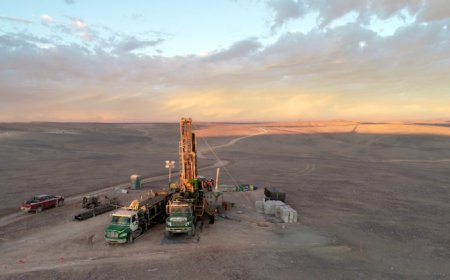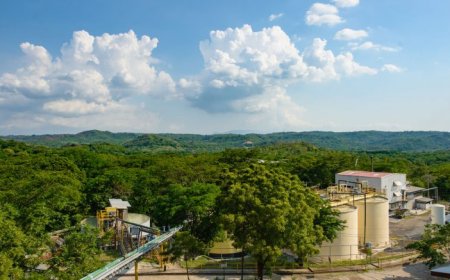Don’t tariff copper imports, limit exports: US industry
Some key players in the United States copper industry are urging President Donald Trump to forgo import tariffs and instead opt for targeted export restrictions in a bid to revive homegrown production.


Rio Tinto (NYSE, LSE, ASX: RIO), the world’s second-biggest miner by market value, is recommending that the U.S. government impose curbs on copper concentrate and scrap leaving the country while expediting permits to boost domestic supply. Limits on scrap copper exports also appear on the list of recommendations made by Southwire, the largest U.S. copper wire maker, and Trafigura, the world’s biggest independent copper trader.
The submissions are contained in public comments in response to the Section 232 investigation into copper imports, which Trump ordered in February. Section 232 reviews are called to determine the effects of any imports on U.S. national security.
“Keep refined copper imports free from tariffs for now,until new mining and smelting capacity has been constructed,” Singapore-based Trafigura said in its brief to the U.S. Department of Commerce. “This will ensure that domestic fabricators can benefit from tariffs on imports of their finished products but maintain access to raw materials at competitive prices.”
Although U.S. copper reserves are among the largest in the world, domestic smelting capacity has declined significantly in recent years. As a result, U.S. smelters lack the capacity to process all domestically mined concentrate, making the country a significant importer of refined copper even as it exports large quantities of ore and scrap.
Profitable smelters
Since U.S. copper concentrate production far exceeds domestic smelting capacity, “an export restriction would cause U.S. treatment charges to increase to a level that could make U.S. smelters more profitable and sustainable over time,” Rio Tinto said in its brief. “Similarly, an export restriction on copper scrap would create the incentive for investment in smelting and refining facilities that can process the domestically available scrap.”
Domestic capacity — across mining, smelting, refining and recycling — is not expected to meet national demand in the near or medium term, the Key Minerals Forum, an informal lobbying coalition of miners such as BHP (NYSE, LSE, ASX: BHP), Vale (NYSE: VALE) and Barrick Gold (TSX: ABX; NYSE: GOLD), said in its brief. The forum is registered to lobby on Capitol Hill.
Imports currently account for about half of the U.S.’s refined copper supply. Chile is the top foreign supplier of refined copper to the U.S., supplying nearly 70% of imports.
“The United States’ significant import reliance for refined copper creates serious vulnerabilities to the U.S. economy and national security,” Rio Tinto writes.
Key risks for the U.S. include shipping delays, the possibility that foreign production could be diverted to other countries and the possibility of a drop in smelting capacity in some foreign markets, which would cut refined copper output.
Market distortion
Tariffs on copper imports could distort the market, raising domestic prices and potentially harming downstream manufacturers, some companies say.
Export restrictions, meanwhile, could help ensure that more domestically produced copper remains available for U.S. smelters and manufacturers, others say in their briefs. This would strengthen supply chain security and meet national defense needs.
Demand for copper in the U.S. is projected to more than double by 2035, driven by needs in defense and energy applications. A projected supply gap would peak in the 2030s and persist into the 2050s, “underscoring the urgency of securing diversified and resilient supply chains,” according to the Key Minerals Forum.
U.S. copper reserves remain vastly under-exploited. The U.S. has more than 70 million tonnes of untapped copper reserves and resources that could be developed, S&P Global said in a study published in September.
Two projects, Pebble and Resolution, account for more than half of total U.S. reserves. Northern Dynasty Minerals (TSX: NDM) is bidding to develop Pebble in Alaska, while Rio Tinto is attempting to build Resolution in Arizona.
“These two projects have been mired in unresolvable regulatory reviews and the constant threat of litigation. After 15 years neither mine is operational,” Southwire says in its brief.
Domestic refined copper production could jump by 70% if the U.S. were to quickly bring online its top three domestic sources of copper concentrate – which include Pebble and Resolution – while ramping up domestic smelting capacity, according to S&P Global.
But since development times remain long, with S&P Global calculating that U.S. mines typically take almost 29 years to begin producing, “even in the best scenario possible, imports will be necessary to meet the difference between U.S. copper production and demand,” Southwire adds.



















